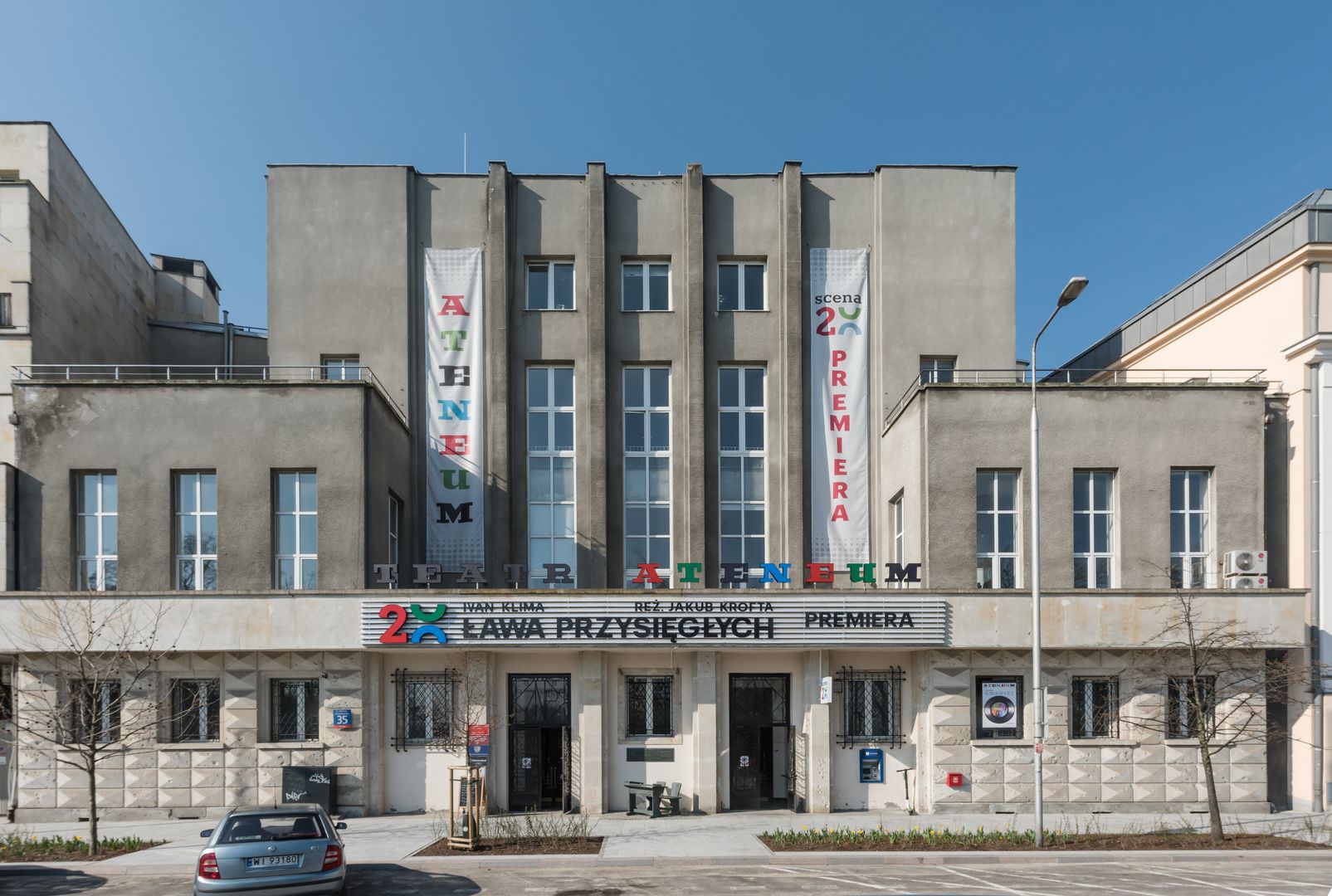Polish Teachers' Union
6.34

Overview
The Polish Teachers' Union (ZNP) is a Polish trade union for teachers, founded on October 1, 1905, in Pilaszków under the name Union of Folk Teachers. Its goal was to promote the Polish language and culture under the difficult conditions of the partitions, which involved facing repression from the Tsarist authorities. In 1919, various teachers' organizations merged, leading to the formation of the ZNP, which was deeply involved in underground activities during World War II, organizing secret teaching. After the war, the ZNP resumed its activities but was suspended during the martial law period in 1981. Following its re-registration in 1983, the union returned to action, leading numerous protests and strikes, including a significant teachers' strike in 2019. Architecturally, the ZNP headquarters in Warsaw, built between 1930 and 1932 according to the design of Teodor Bursche and Antoni Kowalski, is an example of functionalism and combines various functions, including offices, a restaurant, and a hotel. The ZNP has an organizational structure divided into districts, branches, and local units (ogniska), with its highest authority being the National Congress of Delegates. An interesting aspect is the formation of union groups within these local units, enabling networking among teachers across different levels of education. The ZNP is also engaged in combating bullying and represents the interests of young teachers through Young Teachers' Clubs. Despite numerous controversies and historical challenges, the ZNP remains a key player on the Polish educational and trade union scene, shaping the country's educational policies.
Location
Tickets
Powered by GetYourGuide
2025 Wizytor | All Rights Reserved